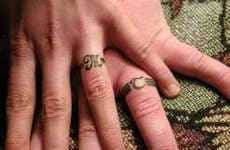
References: naplesnews
Dan Didrick has invented a non-robotic prosthetic finger to replace lost digits that is going to change how the world sees prosthetics. The technology behind the X-Finger is more old-fashioned than high-tech as it's non-robotic, meaning the finger does not do the work for you based on some micro-chip powered source. The finger is powered by your own natural movements once the remaining stump comes into contact with the plunger inside the X-Finger. The design is unique in that the finger does not function from the tip but rather from the knuckle giving it the most natural finger movement of any device on the market. Mr. Didrick is currently outsourcing his fingers and only has funding for 100 fingers to be made per month, thus driving the cost per finger up to $10,000 - if Mr. Didrick gets the proper funding, production will expand, and finger cost will go down, thus enabling more users to obtain the X-Finger. Especially Mr. Didrick's target market - soldiers who have lost fingers while serving their country.
Trend Themes
1. Non-robotic Prosthetics - Developing non-robotic prosthetics presents an opportunity for disruptive innovation in the prosthetics industry.
2. Natural Finger Movement - Creating prosthetics with the most natural finger movement can disrupt the market and enhance user experience.
3. Affordable Prosthetic Solutions - Finding funding and scalability for production can lead to disruptive innovations in making prosthetic fingers more accessible and affordable.
Industry Implications
1. Prosthetics - The prosthetics industry can explore non-robotic solutions and natural finger movement for enhanced products.
2. Medical Devices - In the medical device industry, disruptive innovations can be made by developing more affordable and accessible prosthetic solutions.
3. Military Technology - The military technology industry can collaborate to provide advanced prosthetic solutions specifically designed for soldiers and veterans.
3.1
Score
Popularity
Activity
Freshness























